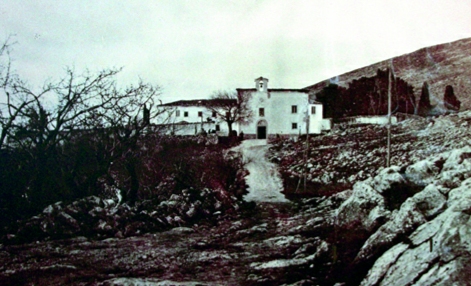
On September 4, 1916 Padre Pio went to live in the convent of San Giovanni Rotondo.

There were no paved roads when Padre Pio moved to San Giovanni Rotondo.
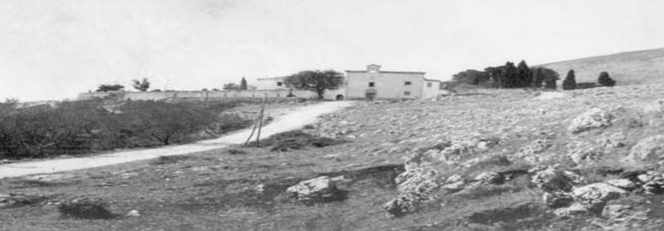
The convent in the background in 1916
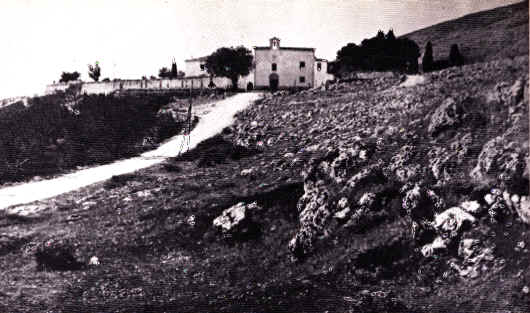
Padre Pio went to this convent in 1916.
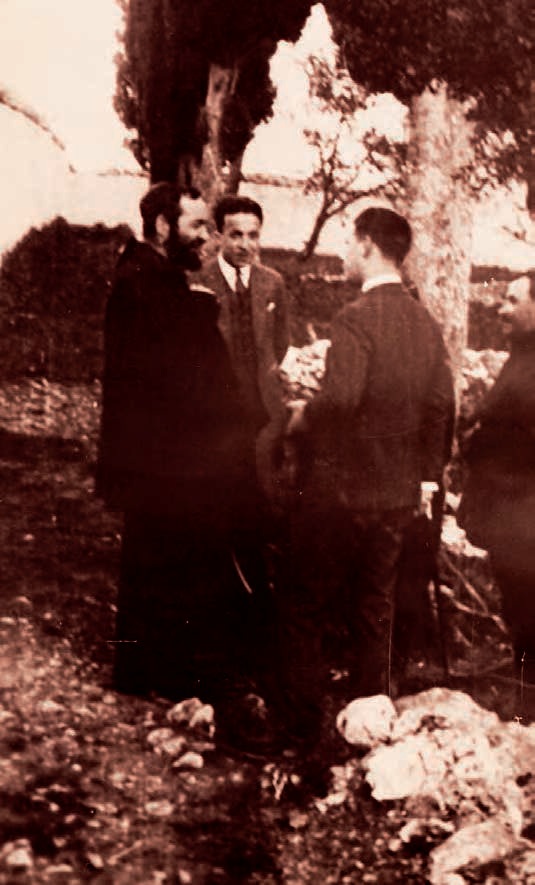
Padre Pio with friends in 1916
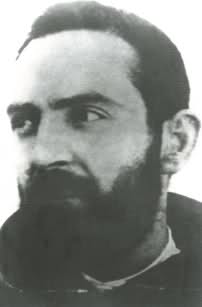
Padre Pio went for a supposedly brief stay of few weeks.
The climate appeared to be beneficial to him, and instead of a few weeks, he stayed there for 52 years, until his death.
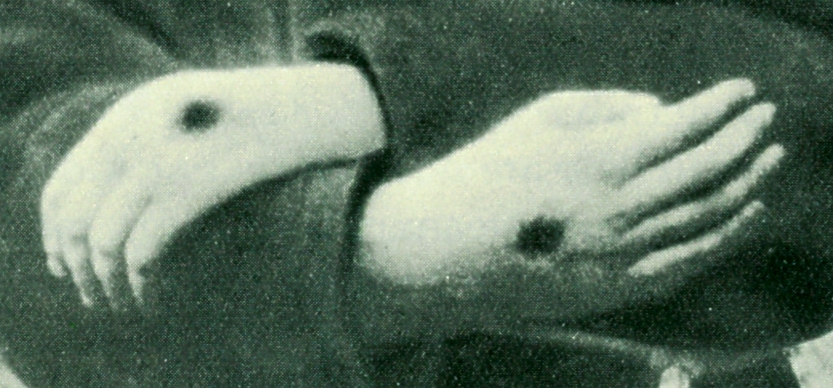
Padre Pio received the wounds on September 20, 1918
After Padre Pio received the wounds, the news spread by word of mouth, and the crowds started coming.
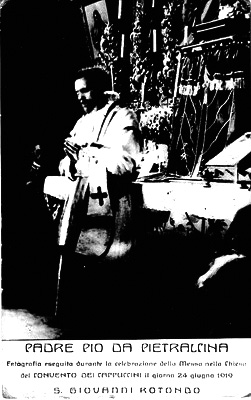
Picture of Padre Pio taken on June 24, 1919

Picture of Padre Pio taken on June 27, 1919
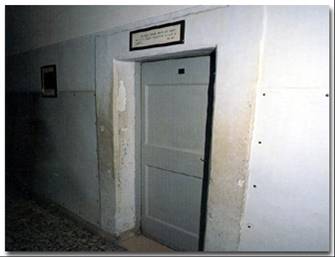
When Padre Pio arrived at the convent he was assigned the cell #5.
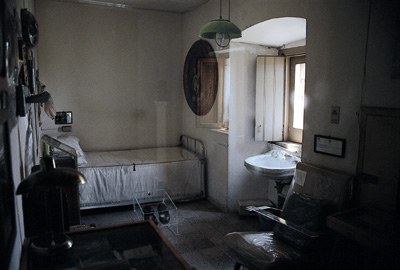
When renovations were made to the friary, a new cell, the #1 was assigned to Padre Pio.
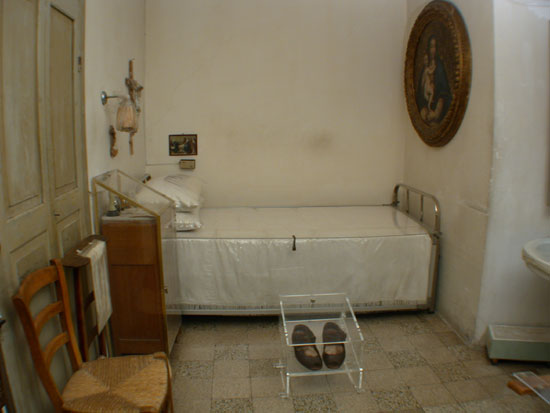
Cell #1 inside preserved. In this cell Padre Pio lived his last years and died.
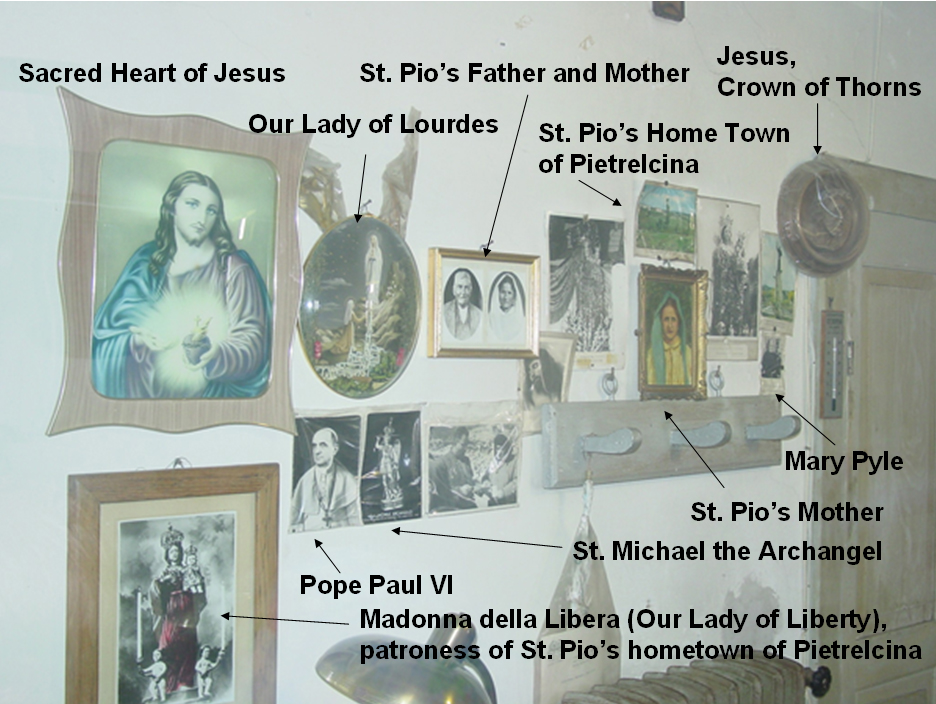
The wall over Padre Pio's desk in his cell #1
.
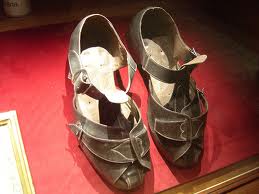
Padre Pio's sandals.
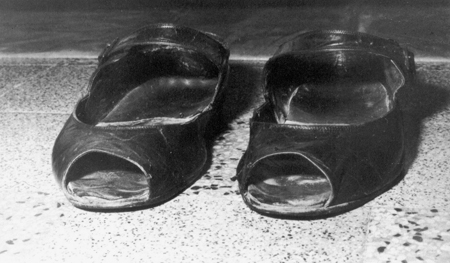
Sandals used by Padre Pio.

Preserved sandals used by Padre Pio.

After the news came out that Padre Pio received the wounds in 1918,
there was excitement among the faithful, and there were examinations by doctors and investigations by clergymen.
The people kept coming, the doctors kept probing and the clergy kept ruling.
Restrictions June 2, 1922 - July 15, 1933
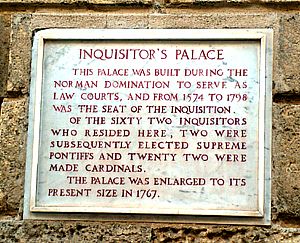
Plaque at the entrance of the Sant'Uffizio building
Padre Pio had to deal with Sant'Uffizio several times.
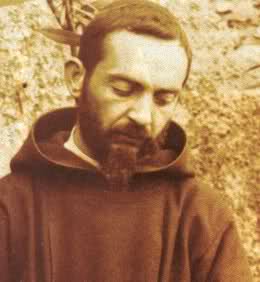
'Sant'Uffizio' 'Holy Office' is the name of a Papal Congregation.
It has the tasks of maintaining and defending the integrity of the faith and of examining and proscribing errors and false doctrines.
The name Sant'Uffizio was given in 1908 and lasted until 1965.
In 1965 the name was changed to 'Congregation for the Doctrine of Faith' retained to the present day.
From 1542 to 1908 the original name was 'Congregation of the holy Office of Inquisition',
simply known as 'Inquisition'. Established by Pope Paul III
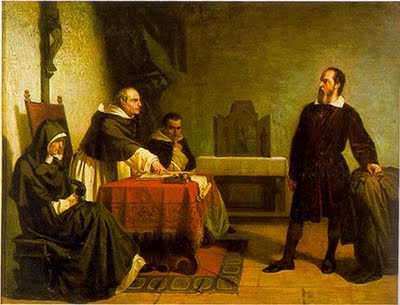
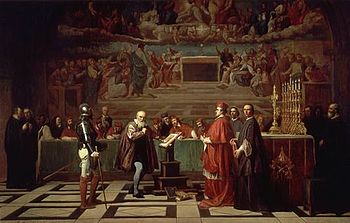
Galileo Galilei was condemned by the Inquisition in 1633.
The Pope Benedict XV died January 22, 1922
On February 12, 1922 a new pope, Pius XI is elected.

on June 22, 1922 Padre Antonio da San Giovanni in Persiceto, General Superior of the Capuchin Order,
received a document signed by the Secretary of the Supreme Congregation of the Holy Office:
'The most Eminent General Inquisitors Cardinals deliberated on May 10, 1922, regarding Padre Pio da Pietrelcina...
He will celebrate Mass in private. He will not bless the people.
He will not show to anybody the so called stigmata.
He will stop immediately any communication with Padre Benedetto, his spiritual director.
To best execute the above orders Padre Pio will be immediately transferred to a convent preferably in Northern Italy.
Padre Pio will no more answer letters.
Whishing all the best, Cardinal Rafael Merry Del Val."

Another decree by the Holy Office a year later, on May 31, 1923:
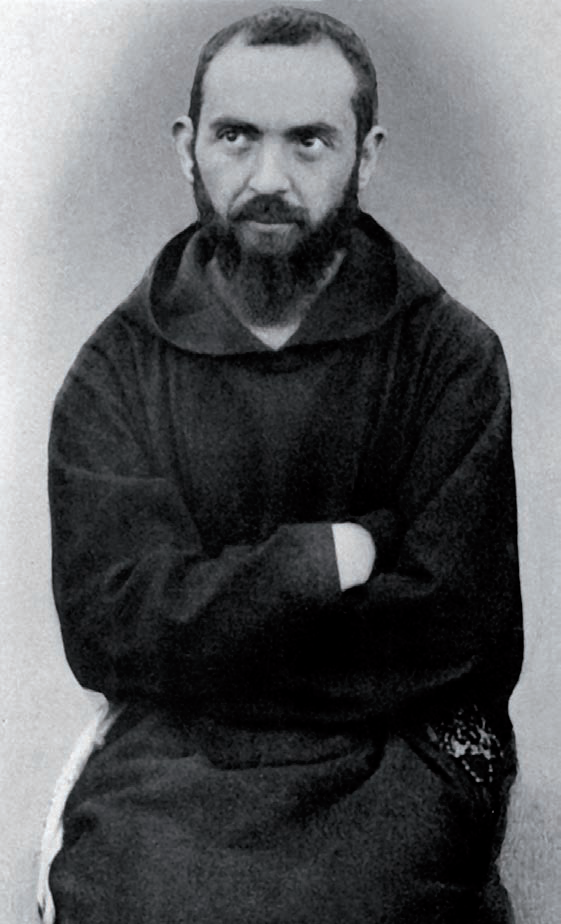
On May 31, 1923 the Holy Office (formerly Tribunal of Inquisition) declares:
"The Supreme Congregation of the Holy Office, responsible for upholding the faith and defending morals,
held an inquiry on the phenomena attributed to Padre Pio of Pietrelcina, a member Friar Minor of the Capuchins
at the Monastery of San Giovanni Rotondo in the Diocese of Foggia, and declares that:
It cannot confirm from this inquiry any basis for the supernatural character for this phenomena
(" ...non constare de eorundem factorum supernaturalitate...")
and exhorts the faithful to conform their practices to this declaration."
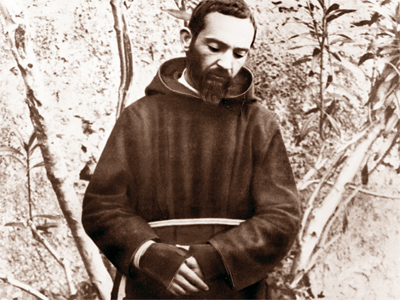
On June 8, 1923 Sant'Uffizio asks again for Padre Pio to be transferred to another convent, in Northern Italy or abroad.
Also orders that his Mass be celebrated in private and nobody can assist to it.
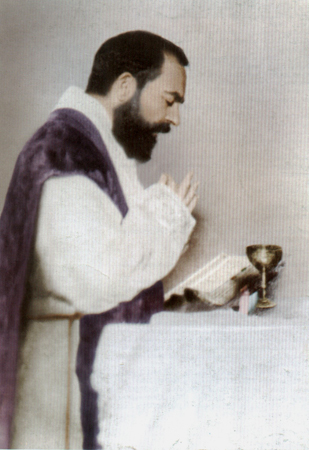
Padre Pio celebrating Mass alone.
Padre Pio to father guardian:
"Don't you understand, my son, that I don't cry for myself? I will have less work and more merits."
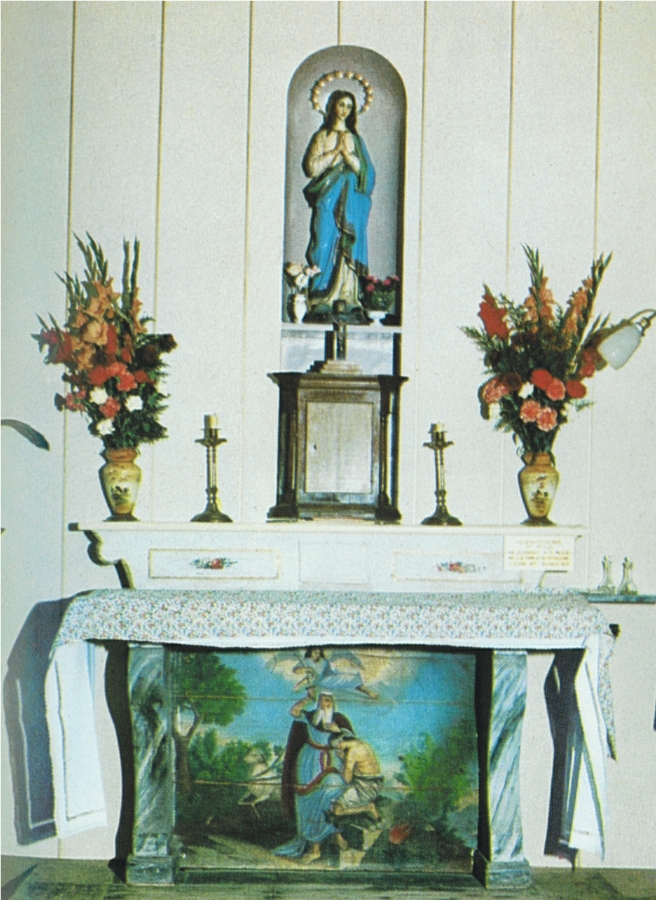
The altar were Padre Pio had to celebrate Mass alone.
On August 8, 1923 Padre Pio is notified of the order to be transferred in another convent.
"As a devout son of the holy obedience, and for what depends on me, I will obey without opening my mouth."
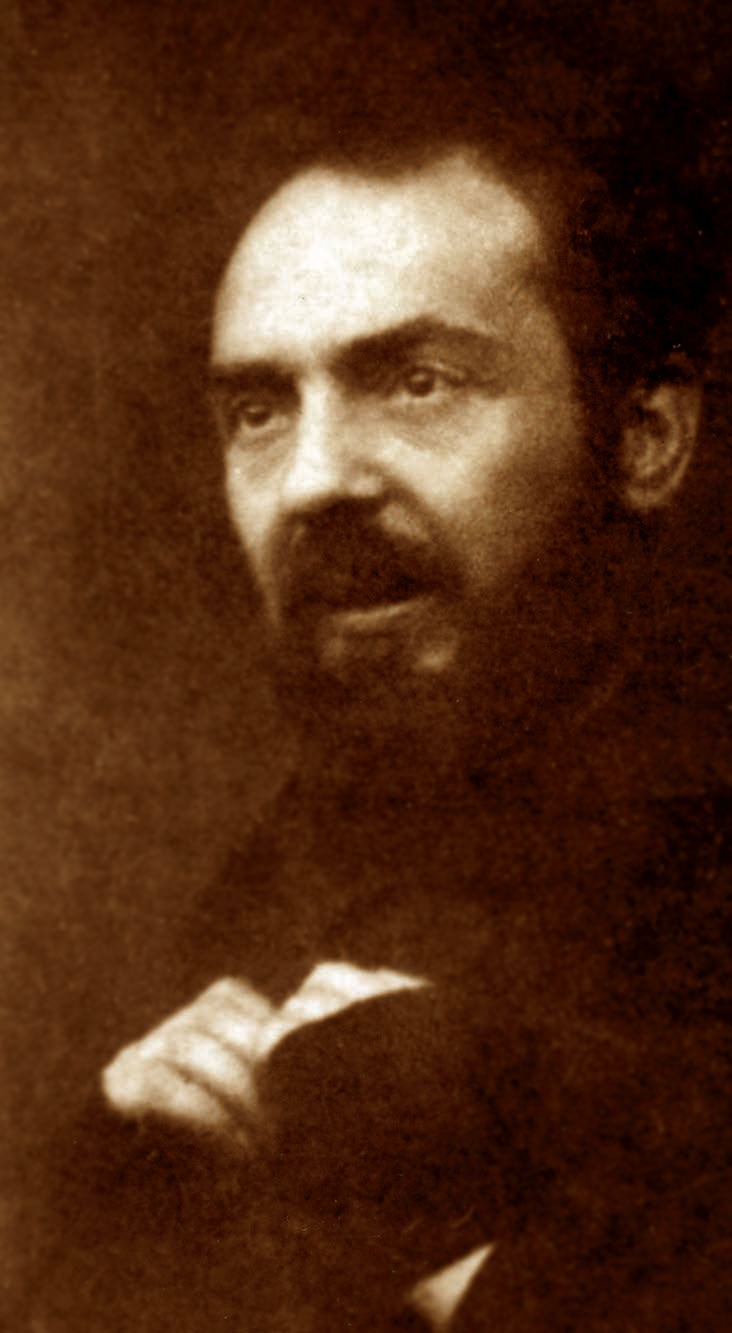
On August 12, 1923 in a letter to Francesco Morcaldi, Mayor of San Giovanni Rotondo, Padre Pio states:
"The will of my superiors is the will of God. I only wish that my bones will rest in a quiet corner of this land."
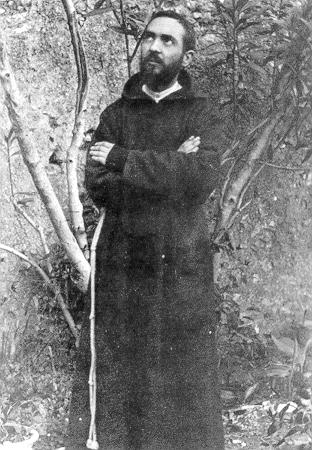
A popular revolt takes place on August 1923.
In August 1923 Carmelo Camilleri, a former police inspector, is sent to the convent on orders from General Emilio De Bono,
the national chief of police, to study plans to transfer Padre Pio to Ancona.
Back in Rome he reported that any attempt to deport Padre Pio would lead to "certain bloodshed".
Local Police states that the transfer order cannot e implemented without spilling of blood (spargimento di sangue).
On September 2, 1923 by disposition of the Holy Office
The order of transfer is revoked 'donec aliter' ("until new disposition is given").
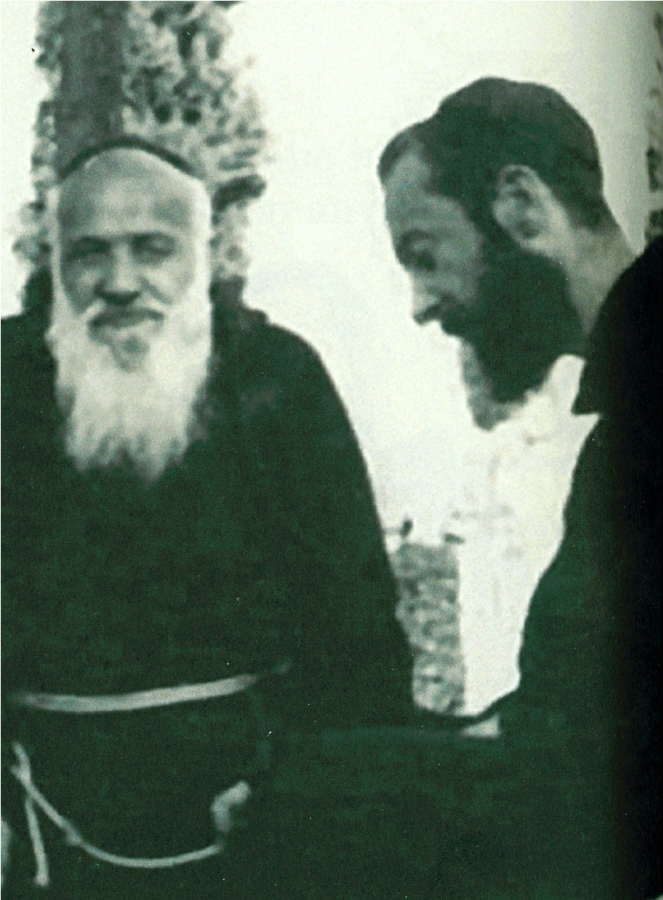
Holy Week 1924. On Holy Thursday padre Pio confesses only men from 5 AM to 1PM without break.
July 24 1924. Sant'Uffizio promulgates a monitum (warning) to avoid any contact with Padre Pio.
May 13, 1931. A decree of Sant'Uffizio prohibits Padre Pio from celebrating Mass in public.
The Mass he celebrated on Christmas day 1932 lasted 5 hours.
He couldn't celebrate Mass during the Holy Weeks 1933. He was sick in bed.
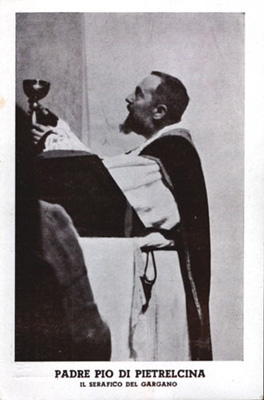
Picture taken in 1932
On Sunday, July 16 1933, the restrictions were lifted, and Padre Pio resumed the celebration of Mass in public.
The removal came in the form of and Indult (special concession) from Cardinal Donato Sbarretti, secretary of the Holy Office:
"in consideration that in this year 1933 there is the celebration of the extraordinary Holy Year of the Redemption".
Pope Pius XI to Mons. Cuccurullo in 1933: "You must be happy, you Capuchins. It is the first time that Sant'Uffizio swallows it's own decrees."
Pope Pius XI to an archbishop: "I have not been badly disposed towards Padre Pio, but I have been badly informed about him."
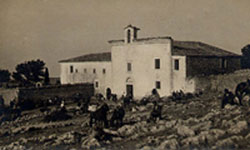
The crowds began to come back at the news.

Thousands gathered every day for the Mass and the confessions.

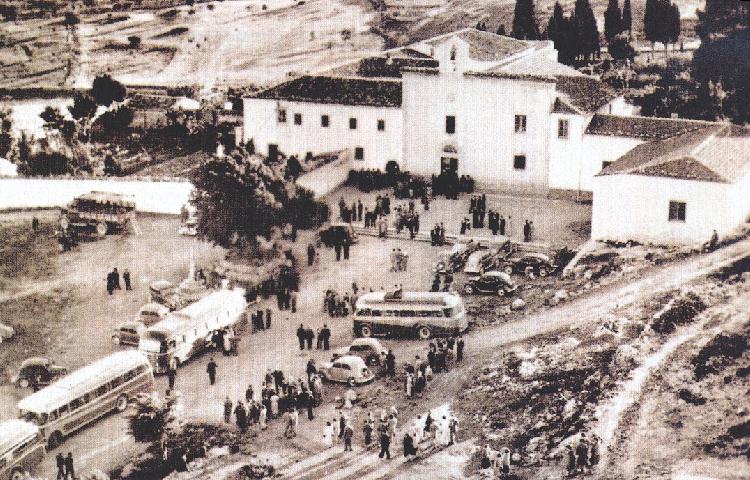
A feeling of rejoicing and festivity spread through the faithful.
The new church of Saint Mary of Graces
Padre Pio celebrated Mass in the church of the convent. It was small and crowded.

Original church of St. Mary of Graces, were padre Pio celebrated Mass.

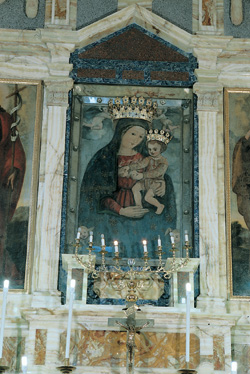
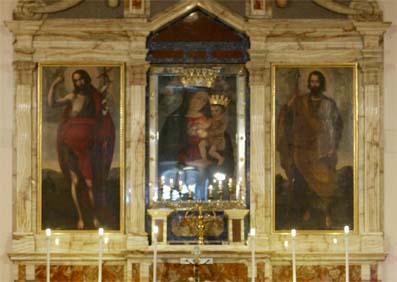
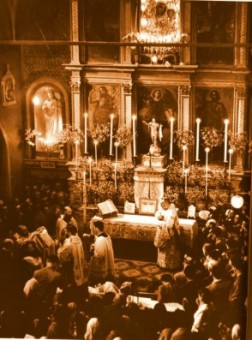
Padre Pio celebrated Mass at this altar for most of his years at San Giovanni Rotondo.

The church couldn't contain the crowds, that occupied every possible spot, even very close to the altar, like in this mass of First Communions.
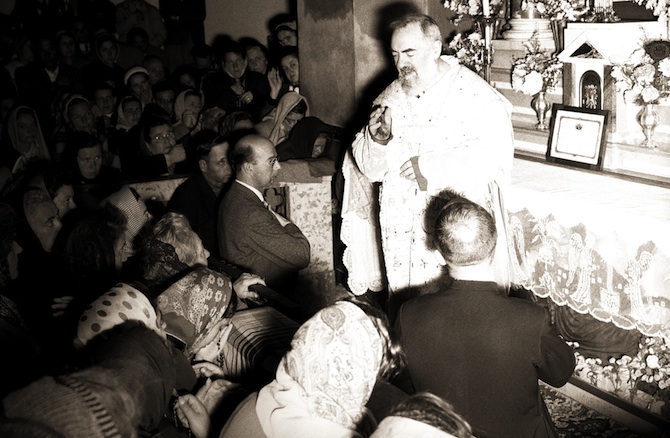
People very close to the altar.
A new church was consecrated on July 1, 1959.

The new church. The old one is on the left of the picture.
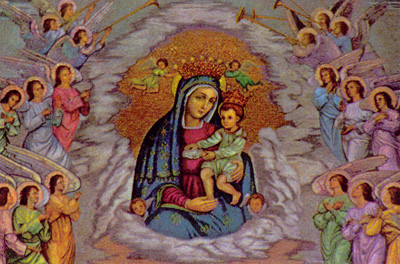
The mosaic of Saint Mary of Graces
.jpg)
The inside of the church at the times of Padre Pio
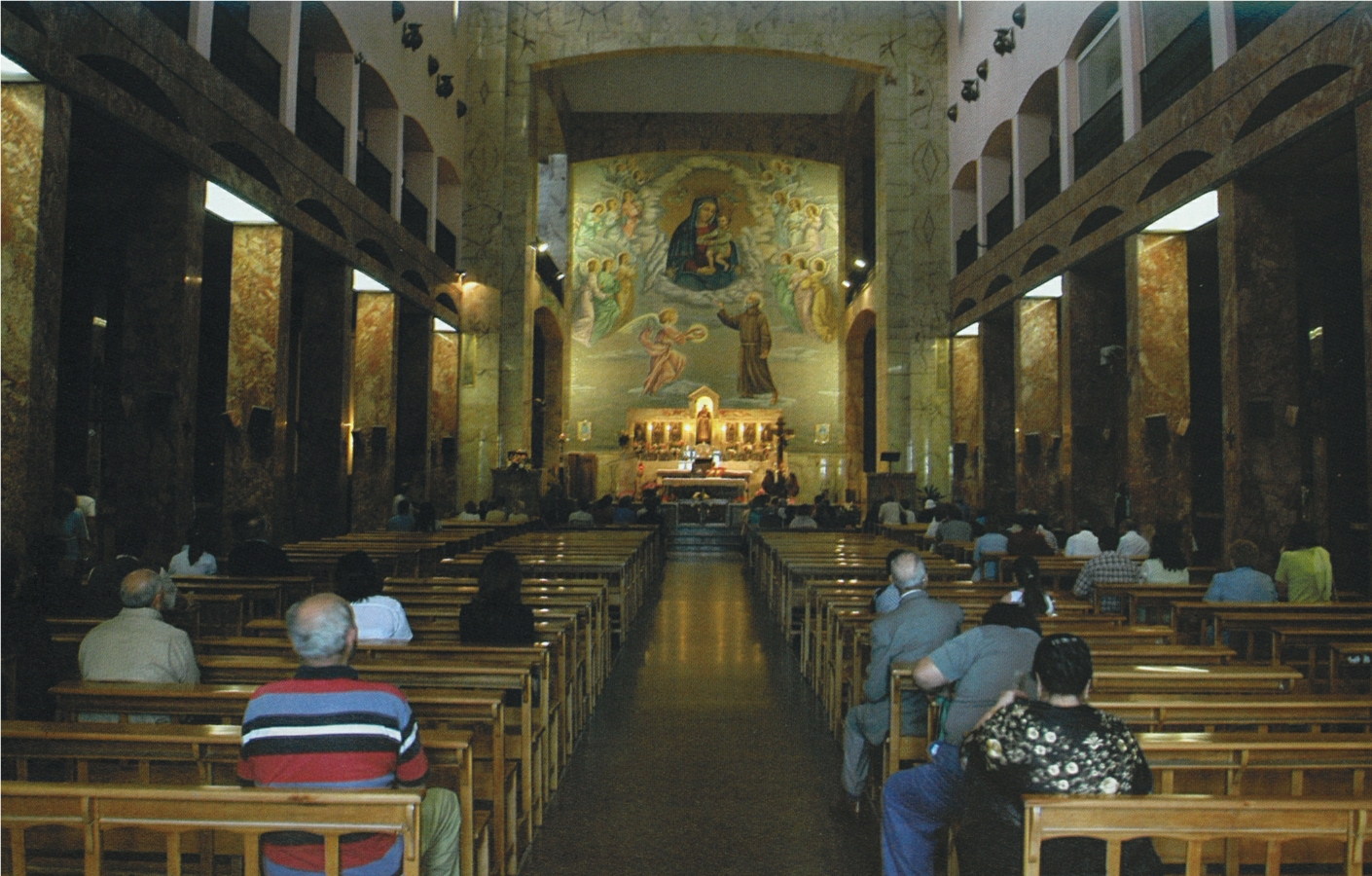
The inside of the church today. Padre Pio has been added to the mosaic on the altar.
Padre Pio and St. Mary of Graces
La Casa Sollievo della Sofferenza. "The Home for the Relief of Suffering "

"The good Lord gave me an earthly mission: the creation of a clinic for the poor of soul and body.
The clinic will rise beautiful and large."

Padre Pio had founded and inaugurated in 1925 a small "Hospital of Saint Francis" downtown in San Giovanni Rotondo.
It was humble, but satisfied "in an outstanding way the most urgent needs". Treatment was free for the poor.
In 1938 an earthquake leveled the Hospital of St. Francis.
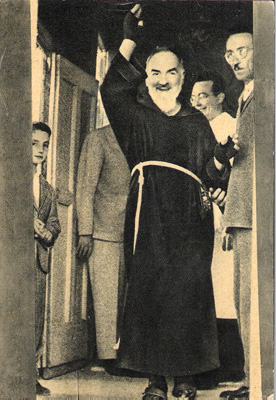
Padre Pio visiting the small hospital.
In 1940 Padre Pio started thinking of a new hospital.
The evening of January 9, 1940 the idea of the Home for the relief of suffering was born.
A tiny committee formed by dr. Kiswarday, secretary, (who wrote the minutes), dr. Sanguinetti, medical technician, dr. Sanvico secretary,
miss Seits, director of internal organization, Padre Pio, founder, got immediately into action.
From the minutes: "It is agreed that everything undertaken must be subject to Padre Pio's advice."
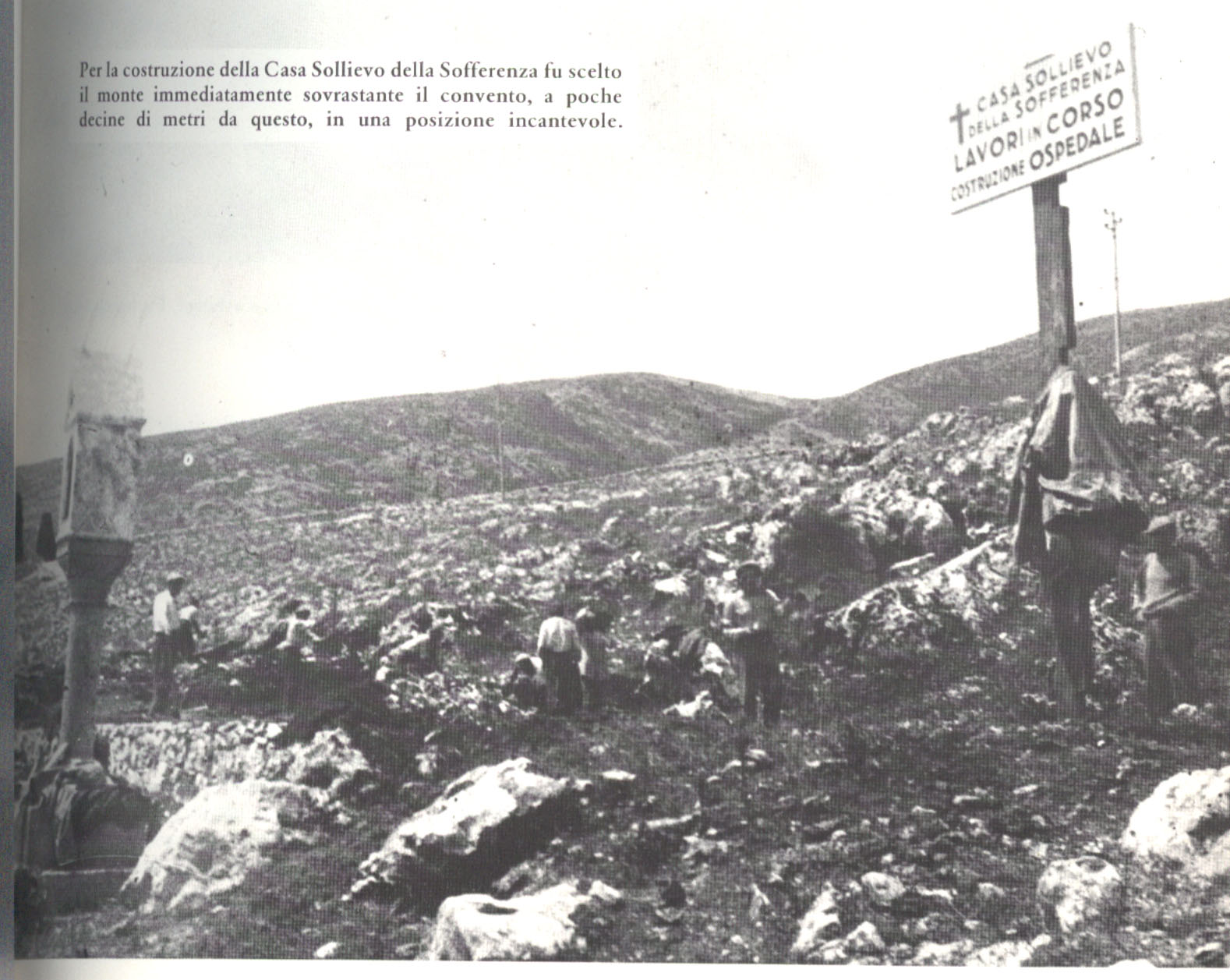
The area were The Home for the Relief of Suffering was built.
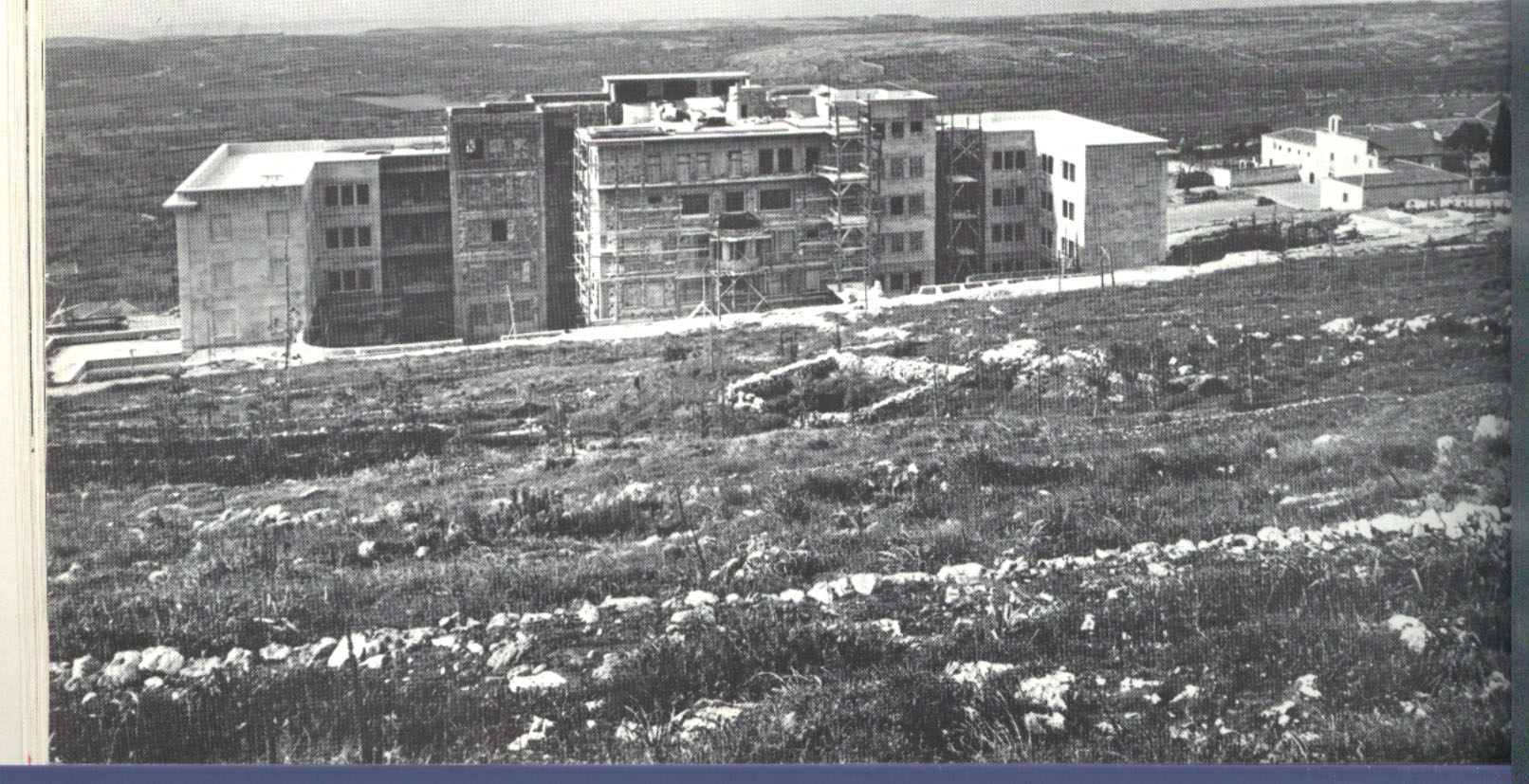
Work in progress for the construction of the Home for the Relief of Suffering
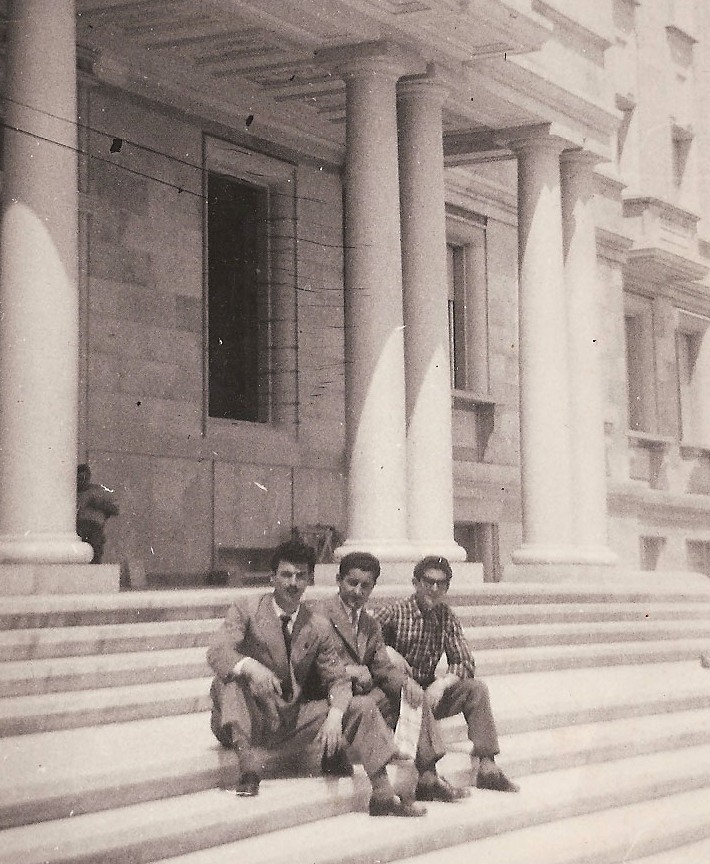
Carpenters from Castel Frentano (a town in the province of Chieti, Abruzzo) who took part in building Casa Sollievo
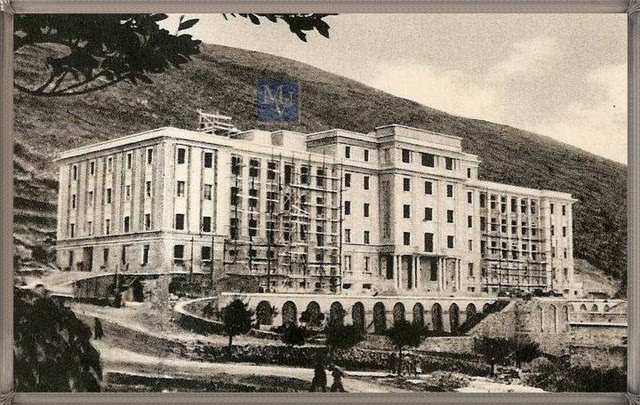
Casa Sollievo under construction
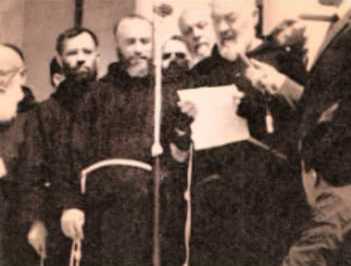
Padre Pio talks at the inauguration
"Here will stand one of the largest centers for the cure of the human ailments."
Padre Pio got from a pocket a small gold coin which had been given to him and said:
"I want to be the first to make an offering for the Home for the Relief of Suffering."
May 19, 1947 laying of the first stone, and steady work begins for the construction of the Casa Sollievo della Sofferenza.
Padre Pio refused to consider a bank loan.
On June 21, 1948 the UNRRA awarded a grant of four hundred millions lire to the Italia Government for La Casa Sollievo della Sofferenza.
The Italian government passed on only two hundred fifty million lire to La Casa.
The UNRRA asked to name the clinic "The Fiorello Henry La Guardia Hospital". Padre Pio insisted the institution to be given the name he had selected,
and agreed to erect a plaque in memory of the former New York mayor.
Lupi maintained a payroll of three hundred and fifty workers.
Hundreds of peasants were thought technical skills.
Large contributions came in from all over the world, especially the United States of America.
Karl Kiswarday managed the finances.
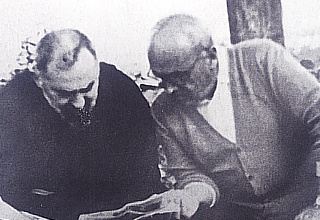
Padre Pio and dr. Sanguinetti planning about Casa Sollievo
Dr. Guglielmo Sanguinetti served as Padre Pio's right arm, and as jack of all trades. He died on September 9, 1954 of heart attack.
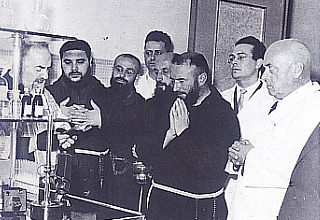
Padre Pio blessing lab equipment at Casa Sollievo. Dr. Sanguinetti is at far right.
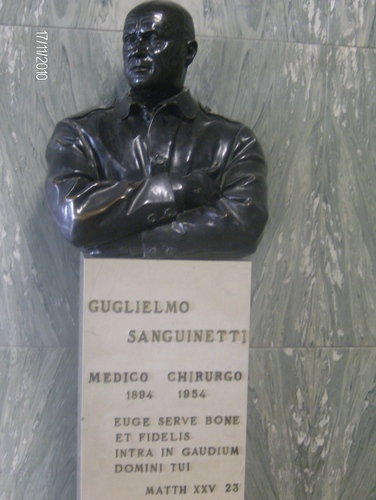
Dr. Guglielmo Sanguinetti. founding member and first medical director of Casa Sollievo.
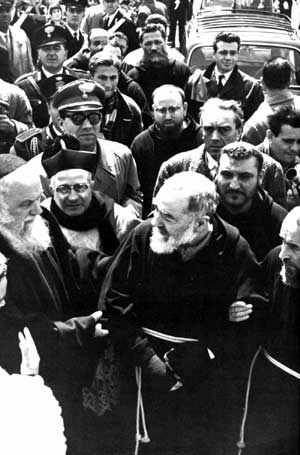
Padre Pio going to the grand opening Casa Sollievo
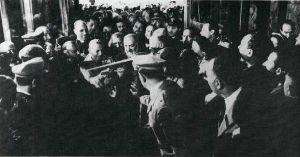
On July 6, 1954 Padre Pio blessed the Outpatient Clinic of La Casa, and it started operating.
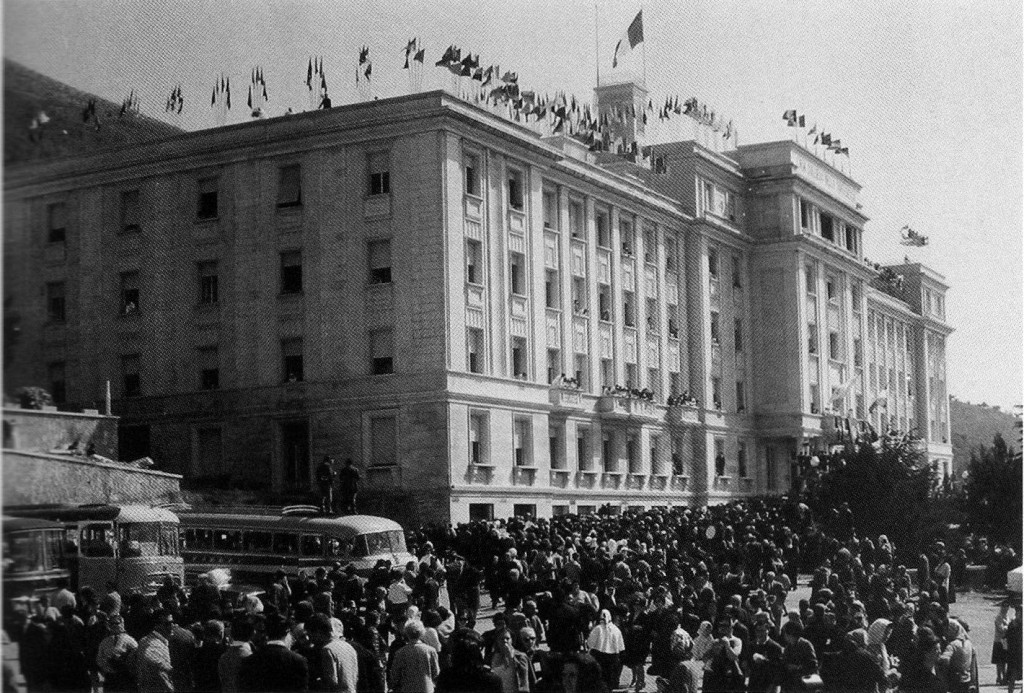
May 5, 1956 grand opening of the Casa Sollievo della Sofferenza Home for the relief of Suffering.
The Home for the Relief of Suffering was one of the best equipped hospitals in all of Italy.
Many Italian dignitaries, Cardinal Giacomo Lercaro, and several thousand pilgrims were present.
Pius XII: "One of the highest intuitions, and a magnificent success."
The New York Times: "One of the most beautiful and most modern hospitals in the world."
Padre Pio: "Nothing is too good or too beautiful for the sick and suffering."
"The goal is to care for the bodies to arrive at the souls."
On May 10, 1956 the first inpatient was admitted.
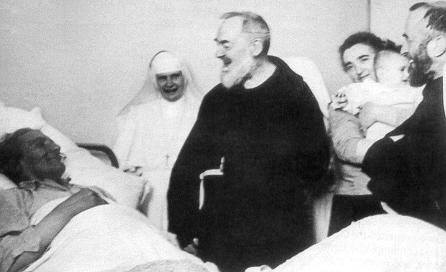
Padre Pio at the bed side of a patient at Casa Sollievo.

Padre Pio sampling the food of the workers at Casa Sollievo
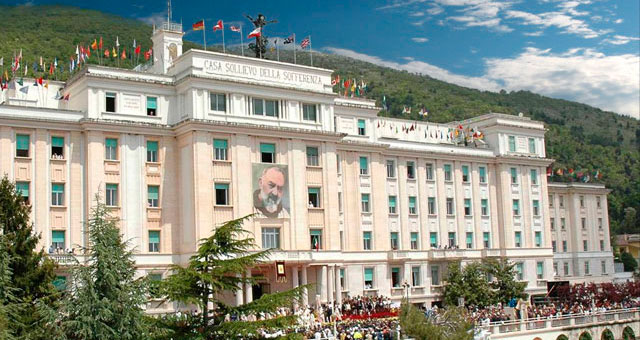
The Casa Sollievo the day Padre Pio was declared Blessed.
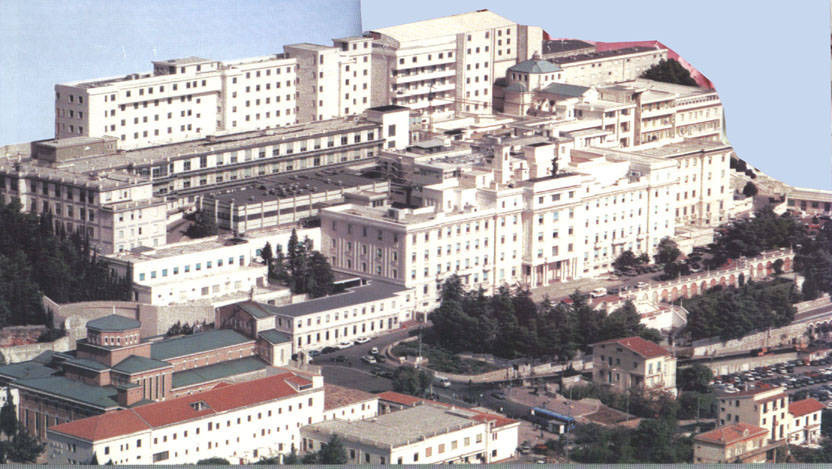
Further expansion of Casa Sollievo
Without prayer, our Home for the Relief of Suffering is somewhat like a plant without air and sun."
Next: Close encounters with Padre Pio the most famous picture, blessings
Close Encounters of the Special Kind with PADRE PIO: hallways, backyard; around the world, ecstasies; Purgatory, Guardian Angel, devil; Americans; confessional, baptisms, first Communions, weddings; Virgin Mary, Rosary; Wounds; Mass; himself, God, Jesus, Cross, Christmas, Church; spiritual children, meditation, prayer, Prayer Groups; child, novice, priest, soldier, fevers; first inquisition, Saint Mary of the Graces, Home for the Relief of Suffering (Casa Sollievo della Sofferenza); the most famous picture, children, blessings, at the ballots downtown, eating; second inquisition, last ten years, death; the Capuchin friars; entombed in first resting place, blessed, saint, exhumed, displayed, final resting place in golden crypt; mosaics of the life of Padre Pio, Jesus, Saint Francis of Assisi; fists class relics with certificates; original painting, original icon.